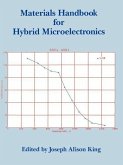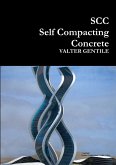The book "Recycling Materials in Hybrid Self-Compacting Concrete" by P. Mahakavi offers a comprehensive analysis of the potential of recycled materials in the development of hybrid fiber-reinforced self-compacting concrete. With the increasing demand for sustainable construction materials, the utilization of waste materials has become a key focus in the industry. The author provides an in-depth review of the properties and behavior of various waste materials, including fly ash, slag, and recycled aggregates, and explores their potential to be used as substitutes for traditional materials in concrete. Furthermore, the book delves into the importance of hybridization in self-compacting concrete and provides a thorough analysis of the effects of different types of fibers on the properties of concrete. The author also presents several case studies and experimental results that demonstrate the practical application of recycled materials in hybrid self-compacting concrete. This book serves as a valuable resource for researchers, engineers, and students in the field of civil engineering and construction. It offers insights into the use of recycled materials and hybridization techniques to create sustainable and durable concrete structures while reducing the environmental impact of construction activities. The author's expertise and attention to detail make this book a must-read for anyone interested in the future of sustainable construction.







